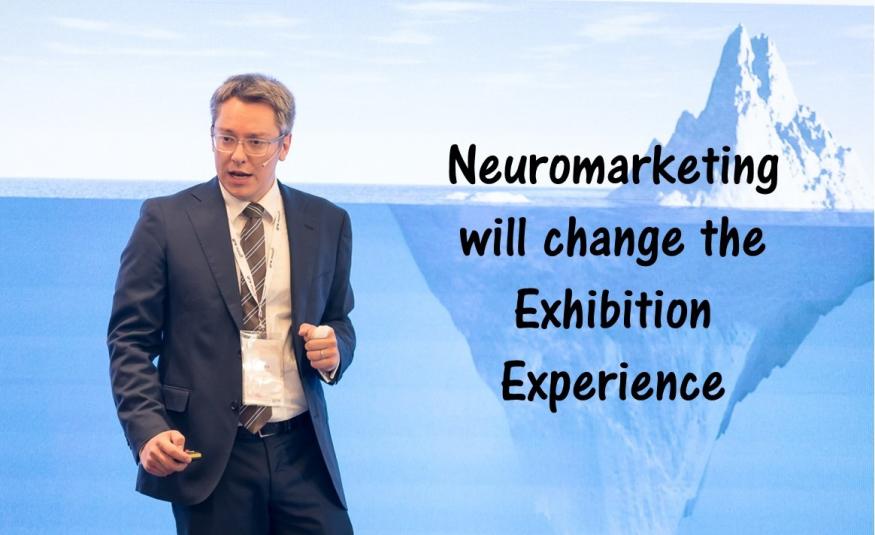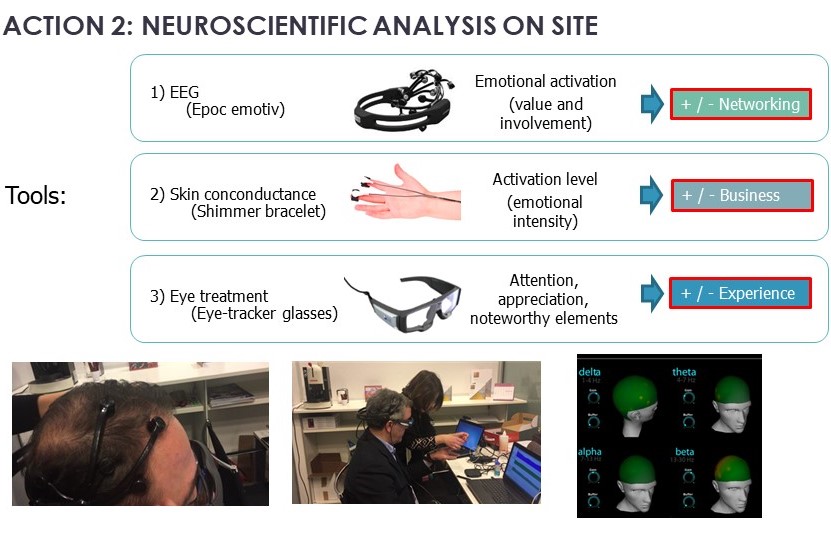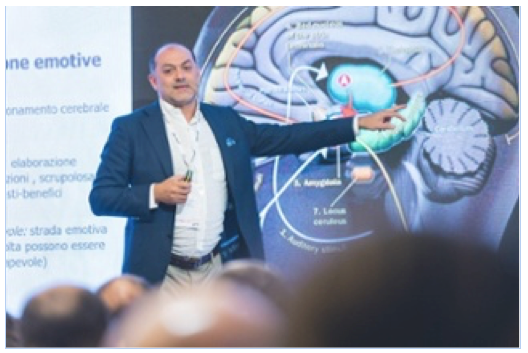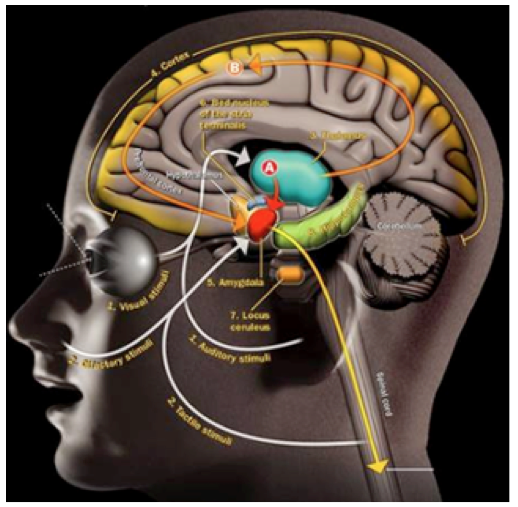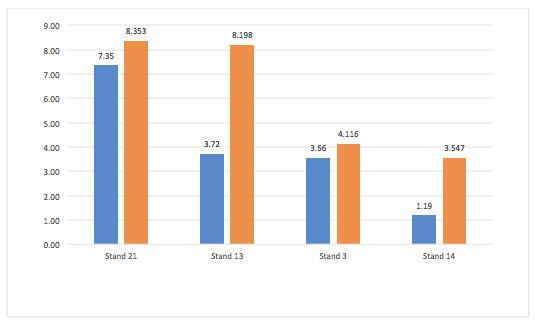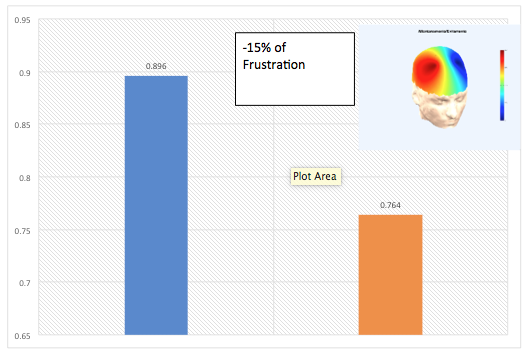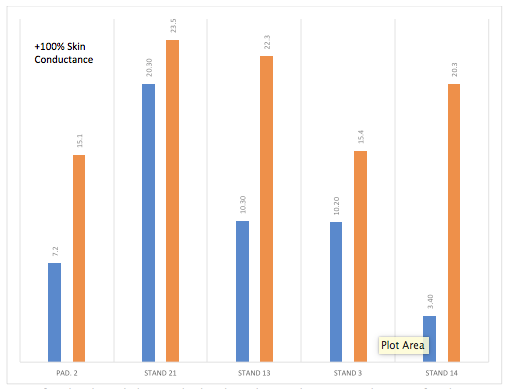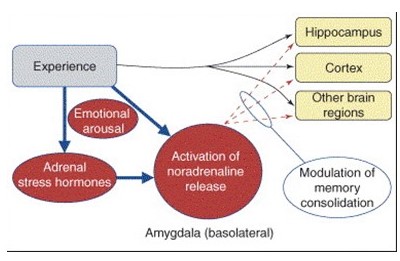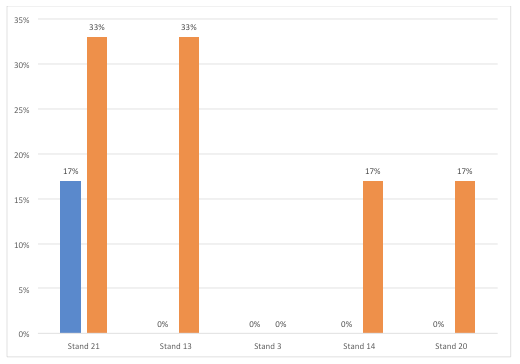Enrico Gallorini CEO GRS Research & Strategy (www.grsnet.it) shares the results of neuromarketing study on the trade show industry:
What does the visitor observe?
How to draw his attention?
What is the primary role of emotions during the trade show experience?
A fair is an extremely articulated context compared to other experiential fields, because in a limited amount of time (on average 5-6 hours), many business dynamics develop and the central element is the Human Touch.
Human Touch is present in all phases of networking, knowledge and development of new partnerships and trade agreements, which take place within the same context of the physical experience: the exhibition halls.
Neurosciences are increasingly finding applications in marketing. Especially in the development of advertising and experience within the stores of large retailers.
GRS Research and Strategy (www.grsnet.it), the international company for research and studies in Exhibition Industry, has developed Neuromarketing studies inside trade fairs, in collaboration with the Neuromarketing Research Center "Behavior and Brain Lab "at the Iulm University, coordinated by Professor Vincenzo Russo.
"Neuromarketing studies applied to the fairs industry have never been done worldwide, but this new course of studies and strategic development has begun in the trade fair industry. The results are very important and focus on customer experience centricity for the future of the exhibitions". - Enrico Gallorini (GRS www.grsnet.it)
The potentialities that emerged are huge: the goal of the research was to understand which are the main elements of the customer experience for a visitor.
The central element of a fair it is and remains the human experience. The experience of each visitor is the basis of the elements upon which his satisfaction and the resulting loyalty are based.
The presence at the fair is tied, in most cases, to well-defined goals linked to the information and purchase process:
- meet existing suppliers
- find new suppliers
- meet market leaders
- get informed about the product
- get informed about the industry and ongoing changes
- get informed about the trend of competitors, suppliers, and leaders
- compare information
- differentiate / diversify business
These goals generate a considerable amount of stress and expectations.
At the basis of all the important stimuli that take place in the exhibition experience, there is the Human Touch:
- Touch Innovation - the will to touch innovation
- Touch Technology – the will to check the technology with your hands
- Touch References – the will to meet with colleagues in the same industry
- Touch Knowledge – the will to test the skills of the industry.
All these aspects are conditioned by the environment in which you are located (precisely the fair), that must increasingly develop on the basis of a more important and articulated relationship with Human Comfort, that are the dynamics of "psycho-physical well-being" of visitors, exhibitors and buyers.
"Each of us is well aware of how fundamental the" comfort "aspect is and how the experience is strongly influenced by the context in which it occurs. Being properly cared for the pleasures and, more generally, the physical and psycho-physical needs of its visitors at the fair are elements that must become the basis of the success parameters of the events in the future. "- Enrico Gallorini (GRS www.grsnet.it )
The new paradigms on which the evolution of the trade fair is based should therefore be based on the concept that both visitors and buyers, like all human beings, are not thinking machines that get excited, but emotional machines that think.
When we decide to touch a product, to get in touch with other people, to deepen relationship and confrontation moments within the fair, our choices are often the result of processes where emotions play a very important role, while rationality goes almost in the background.
To allow a product to hit a sign or a message to reach the recipient, it is necessary to leverage on emotions.
In order to predict the success of a stand or of a presence at a fair, it is necessary to evaluate the intensity of the emotional engagement and the kind of emotions related to it.
The goal of neuromarketing studies is precisely this: to evaluate the communicative effectiveness of the product by measuring the emotional reactions, independent from rationality and from what people say.
The GRS study, along with the Behavior and Brain Lab Neuromarketing Research Center at Iulm University, has used the most sophisticated technologies. One of the tools used by the experts was the electroencephalogram, a necessary tool to measure, for example, the activation of a specific region of the brain connected with the sight of a stand. If when a visitor or buyer sees an object the machine detects some activity in the right prefrontal area, this reaction will have a negative value.
A reaction in the left area will be instead proof of a positive emotion. In addition, the experiment used a Skin conductance Shimmer Bracelet, to test the level of emotional activation, and a eye-tracker to observe and analyse which specific objects activated the emotions and in what specific moment.
(GRS-BrainLab IULM Univerisity)
The ability to measure unconscious aspects often causes perplexity and distrust as it tries to quantify reactions that we do not realize, and this can be perceived as a form of manipulation.
"The problem is not neuromarketing, but marketing itself - notes Professor Vincenzo Russo (Director of Neuromarketing Research Center" Behavior and Brain Lab "at Iulm University) - since advertising techniques aim to manipulate and orient the choices of consumers.
Neuromarketing just provide us with a measure of involvement. " (www.exponetwork.it)
The study helped to identify drivers of positive emotions that are perceived at non-conscious level by visitors, with the aim of:
- Verify the attractiveness and emotional impact of spaces and exhibition solutions;
- Check the emotional effect of the introduction of sensory enrichment elements such as furniture and scent of spaces.
The study activities carried out, as mapping the actions resulting from certain stimuli coming from the exhibition system "as it is", compared to mapping any perception changes after the introduction of neuronal stimuli (sensory stimuli: (visual, olfactory, etc. and emotional stimuli: people, colors, contexts, etc.), allowed to build a first map of the most important elements to activate the experiences of “business + networking + knowledge” of a visitor inside a fair.
The results showed that the enrichment of sensory elements on non-saturated channels (in the specific case, it was worked on scents, illumination and music), significantly increased the involvement of buyers.
However, these enrichments have been strongly influenced by the very experience of the fair. In fact, any activity that was more successful was associated with a strong consistency of all the elements involved.
Trade fairs should therefore consider the elements of psycho-physical well-being, in connection with the context of reference. So a food fair will necessarily have a different approach than one on specialized mechanics.
RESULTS:
Before vs After SENSORY ENRICHMENT (Monday vs Tuesday experiment)
The main results emerged from the research, that tried to measure the differences between two days during a show, Monday versus Tuesday, where the first day was analysed “as it was”, and Tuesday was analysed in the same way, but after an important change in some sensorial aspects (Sensory Enrichment) like “lights, porfumes, colours and musics”, the results.
In the research, four booths were identified as “test”, and we can see in the graphic below the important changes in time of observation, emerged from the sensory enrichment)
Monday – Light Blue
Tuesday - Orange
(GRS-BrainLab IULM University)
It’s quite clear that the visitor observe the stands with different time, because the overall emotional experience was changed and much more aligned with their expectation in terms of “emotions” (the specifics changes are under disclosure, but the results are evident).
The second element observed was Comparing “Frustration” (Annoyance level linked to a negative experience, measured via cerebral waves). Taking into account the 4 “pivot” booths closer to the enriched areas, the experience overall is quite less “frustrating”, and this is related with the willingness of interact with people.
(GRS-BrainLAB IULM University)
The third element of comparison was the Skin conductance (emotional activation level, force of the experience). The results reflect an overall increase of 100%, The experience was more intense thanks to the sensory enrichment, and this impact directly to the arousals and the willing to cooperate and do business.
(GRS-BrainLab IULM University)
The final results are related to the most important literature on neuroscience and the Brain structures that activate with the emotions mediate the modulation of memories stabilization:
The important Link between memories and purchase intention is a focal point for exhibitions, memorization makes a brand/product more familiar. One of the many studies proving the link between brand familiarity and brand evaluation (brand attitude), strictly linked to the purchase intention, More-familiar brands have a higher brand attitude compared to non-familiar brand.
The results of memorization before and after the sensory enrichment are really impressive:
(GRS-BrainLab IULM University)
Buyers tested on Monday did not want to express their choice about which booth to choose, as they wanted to ponder it, just few of them mentions booth number 21.
On Tuesday, having introduced the sensory enrichment, the percentage of choice grew sensibly, and the buyers were so much involved that also mention one stand nearby the booths close to the enrichment.
The result, clear and positive, is a milestone for the exhibition industry. Thanks to these results, the operators can now carry out “customer experience” initiatives during the exhibition, enhancing the “experience excellence” and consequently the positive memory of the visitors.
The fact that all the elements analyzed has a very big positive impact on business, networking and experience, is considered by the experts, related to the fact that visiting an exhibition is a very immersive, complex and stressful experience. Working on the conscious and unconscious element of the experience, improving the Human Comfort is fundamental for any exhibition.
/2017/06/15/white-paper-grs-neuromarketing-research/

